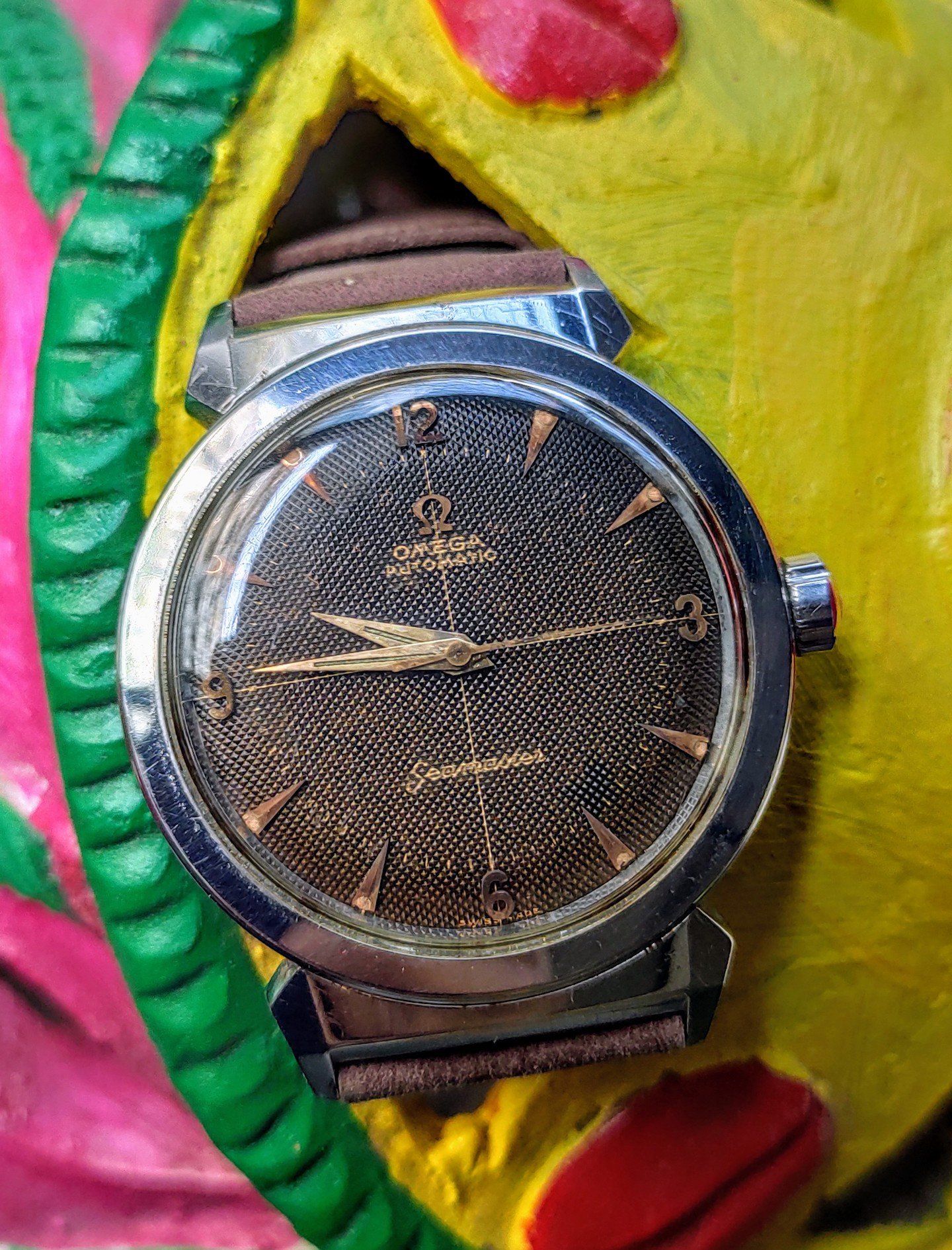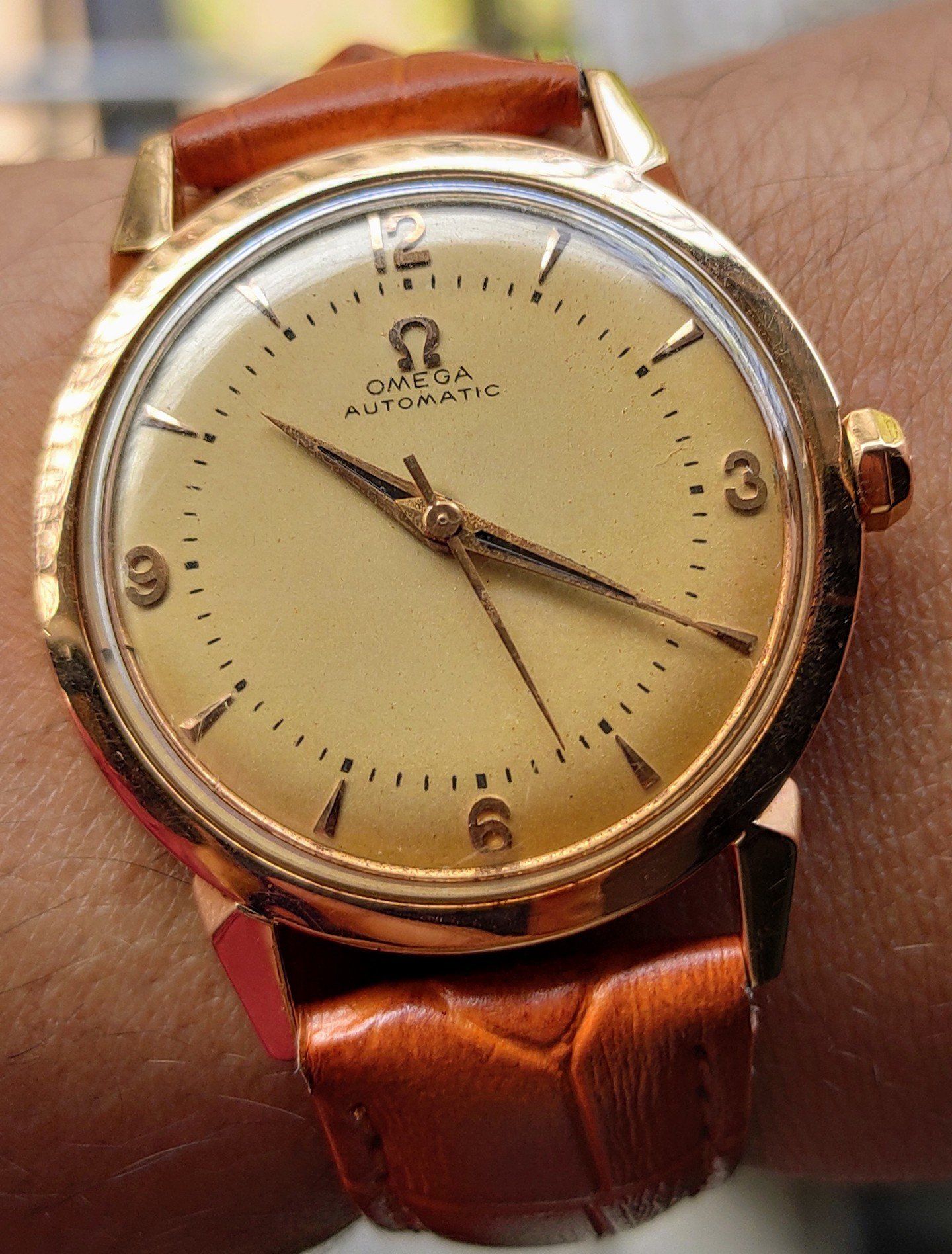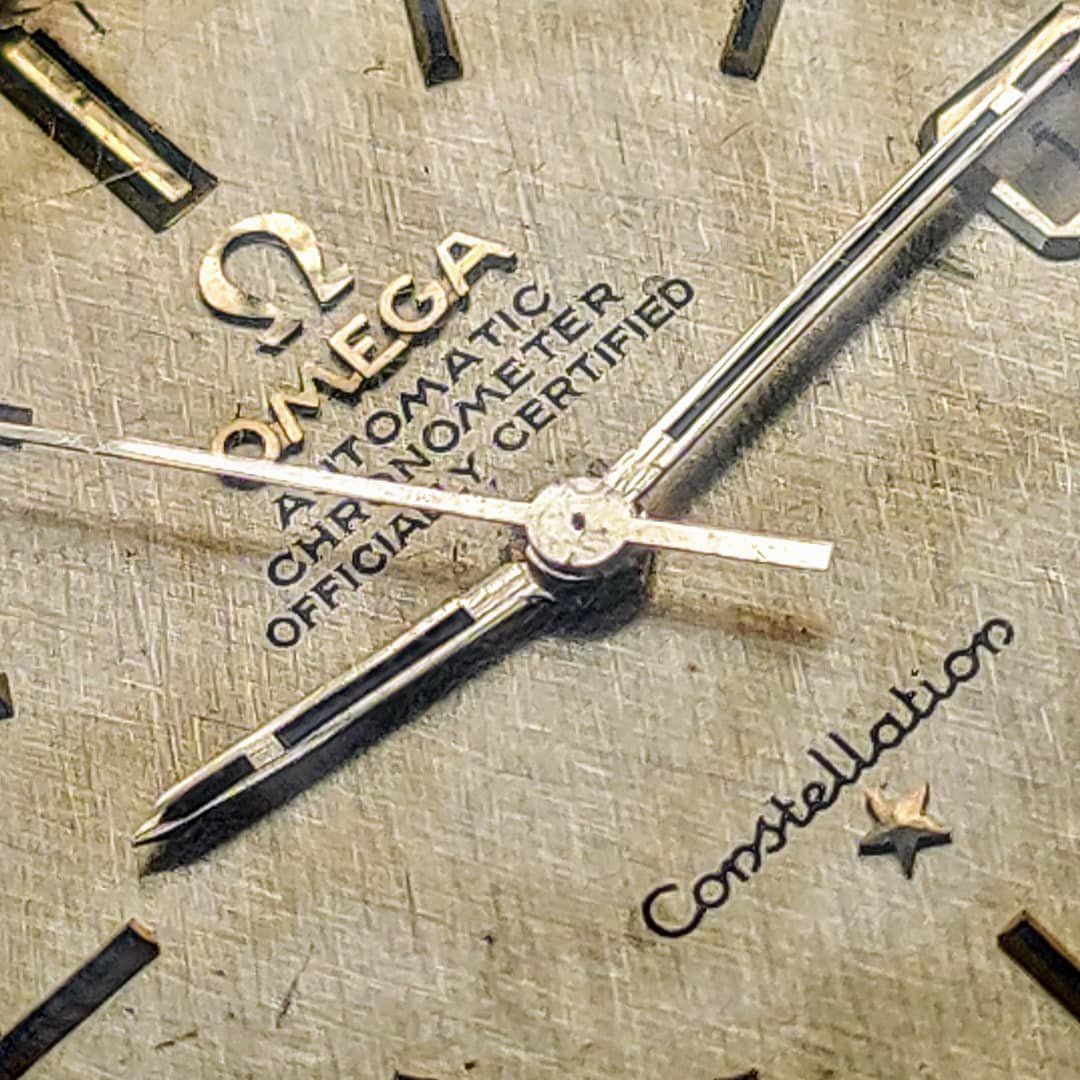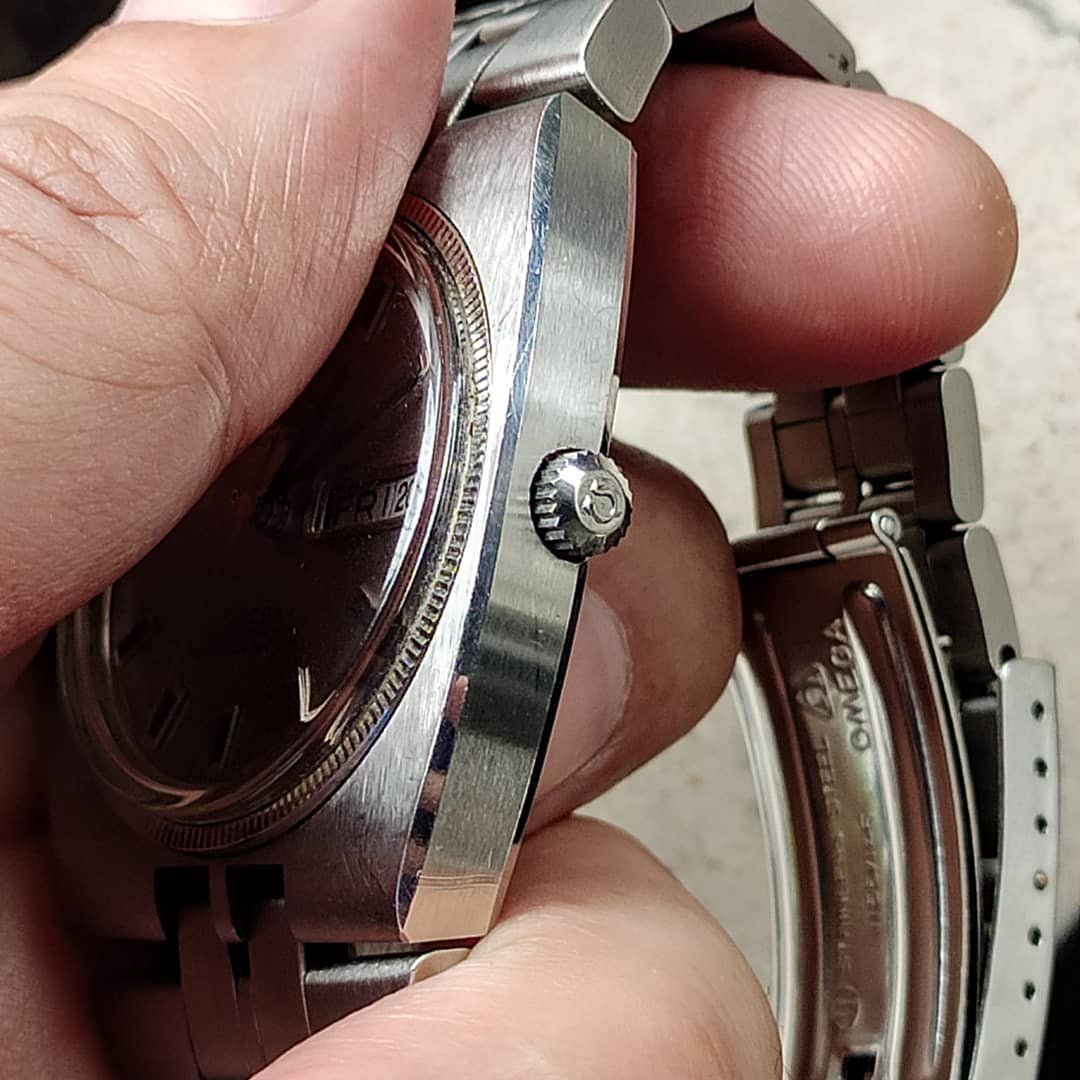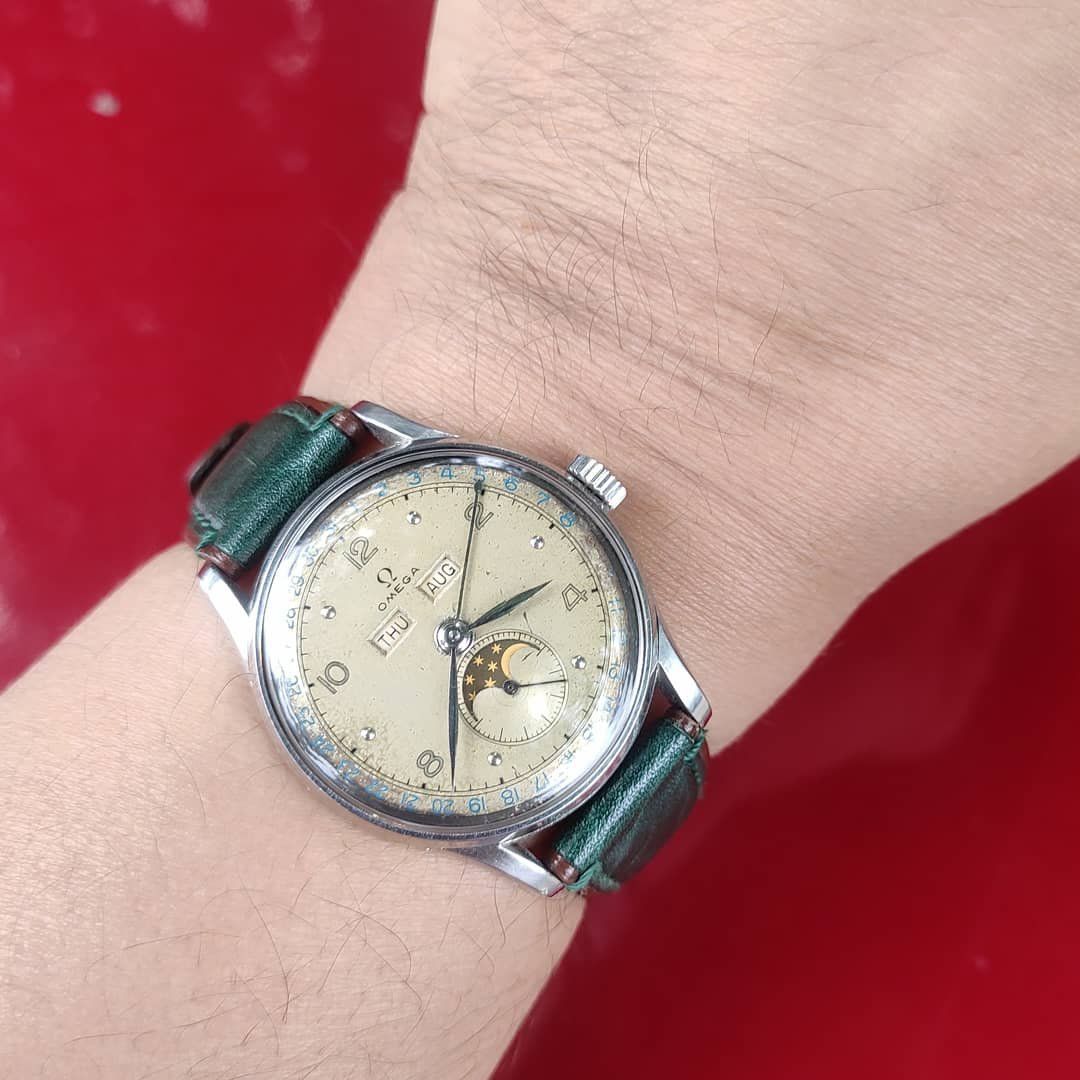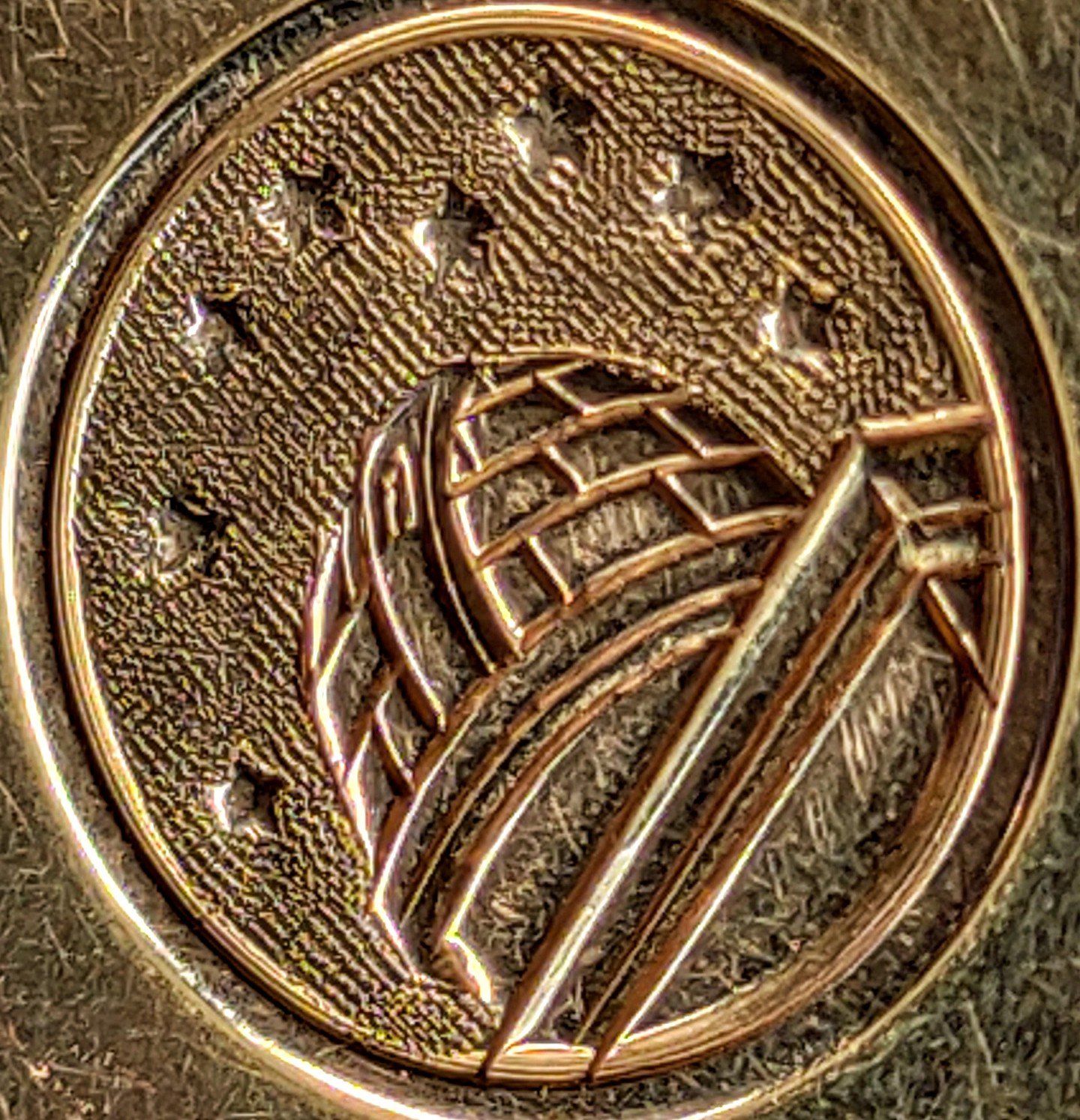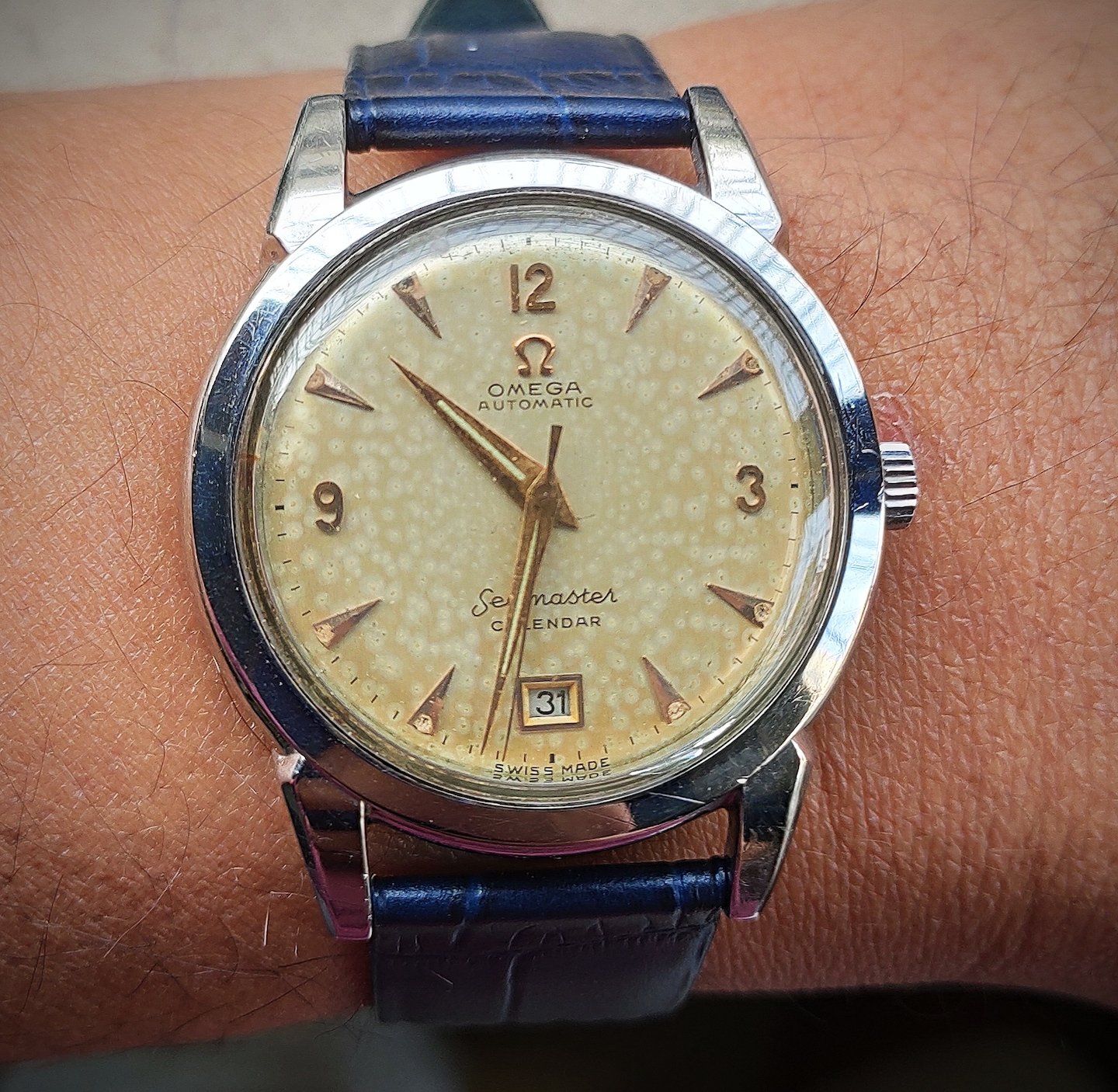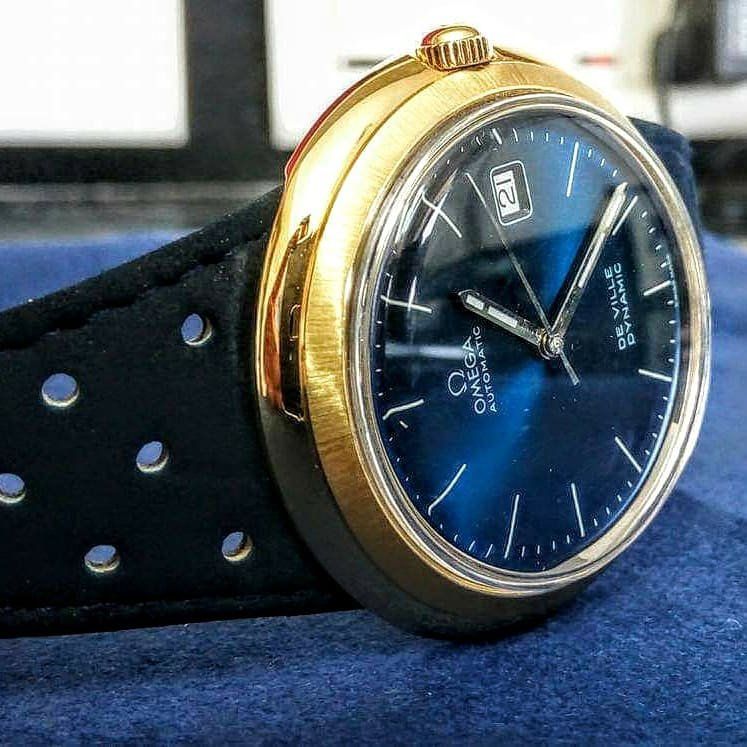My Journey As A Watch Collector: Dr. Samir Shah Transports Us To The Vintage Era Of OMEGA
Watch collecting has been a passion amongst many, and this man was bitten by this bug quite early. A Dentist for the past 31 years, his passion for watches, music and horse riding knows no bounds. But what will truly blow your mind is his collection of vintage Omega pieces, dating years back. He’s none other than Dr. Samir Shah, member of RedBar Bombay.
The Hour Markers caught up with Dr Samir to know all about his journey as a watch collector and some interesting views on Omega watches. Let’s get straight to it.
Early days
I have always been fascinated by most things mechanical. And knowing this I was gifted a Seiko 5 automatic, a gift for doing very well in the 7th standard by my grandfather. He is the man who was instrumental in firing up my passion for mechanical watches.
This timepiece was in sharp contrast to what the other kids were wearing. Mostly Casio’s and Timex with some form of digital display. Remember, this was a time when a wristwatch was used purely for what it was made... As a timekeeping device as there were no mobile phones etc.
In the sea of amazing quartz offerings, I was proud to have this watch which was not only accurate but was built like a tank and did not require any change of batteries.
With professional college and the paucity of time i added a couple of HMTs and Ricoh’s to my Seiko for some variety. The passion was always there which eventually started a series of trips to Chor Bazaar of old. A place I would frequent regularly for preowned records. These visits introduced me to the wide world of vintage watches which was fascinating and exciting.
With globalization and connectivity, the world has become a hunting ground for the collector!
Why Vintage?
With all due respect and love for all modern watch collectors, vintage for me is a time capsule of a bygone era which no longer exists. It gives us insights into an era where life as we know it was radically different, a time when we were at the very edge of first-time innovations, inventions and industrialization.
Also, the number of vintages is a finite supply. They are just no longer made. We may have reissues which is a very popular path many watchmakers have taken in the recent past. But it's not the same thing. The precision of chronometer grade timepieces from as early as the 1930s have rarely been surpassed, even to this day.
Don't get me wrong. I have a few modern pieces that I am very fond of. It's just that i lean towards the vintage spectrum of the watch collection hobby.
I am fortunate to own Omegas, Longines, Movado’s, Eterna’s, a few of the Crown but that is beyond the brief that was given to me for this article. Being primarily a vintage Omega collector i shall restrict this essay to that.
After years of compulsive collecting of all possible vintage brands, I began to realize that the timepieces which gave me the most joy and the ones which were not easily accessible were Omega. On further research the magnitude of contribution that Omega has made in the world of horology impressed me and the quality of timepieces saw to it that I developed my niche.
All about Omega…
Omega is synonymous with accomplishment and perfection.
For the watch collectors today, Omega has everything: quality, variety, in house movements and provenance.
A Brief History and Important Milestones
Too many milestones to lay down here. All are easily available with a quick search on the ubiquitous web. However, I shall mention a few which are very impressive as far as I am concerned.
Founded in 1848 by Louis Brandt, Omega began under a less memorable name as a maker of pocket watches. The firm grew steadily and by century's end was the largest watch manufacturer in Switzerland.
Omega also was an early innovator, emphasizing precision and technical advances. The house was the first to introduce the minute repeating wristwatch that too in 1892! and its winding and time-setting mechanisms were industry standards for many years.
The Omega name was inspired by the revolutionary 19-ligne ‘Omega’ Caliber in 1894.
By the turn of the 19th century Omega was one of Switzerland’s largest watch companies with 240,000 watches produced annually and employing 800 people.
1917 - Omega made its debut in sports during the Gordon Bennett international ballooning Cup in 1917; since then, Omega has gone on to be the official timekeeper at 21 Olympic Games.
1932 - First appointed official Olympic timekeeper in 1932, it has since served in that capacity more often than any other maker.
1936 - In 1936 Omega set the remarkable World precision record of 97.8 points at the Kew-Teddington observatory in England. Omega even beat Rolex, which at that time was a chronometer specialist rather than a mass manufacturer.
1945 - At the Geneva Observatory Category D competition in 1945, the legendary Alfred Jaccard regulated an Omega Cal. 30mm to 1st Place, besting five watches from Patek Philippe and one from Rolex.
1949 - For me one of the ultimate tests was when in 1949, 1000 serially numbered production line chronometers were submitted and all passed with flying colors. It could be inferred that virtually all Omega wrist chronometers rolling off the production line exceeded such high thresholds of precision. No other manufacturer has been able to replicate this feat.
When one considers that in 1949 Omega had only been producing automatics for six years, it is a remarkable feat of manufacturing and quality control to achieve such precision in a production watch.
1948 - The introduction of the Seamaster.
1952 - The introduction of the constellation.
1957 - Omega introduced its Professional line of watches. The Speedmaster which was destined to go to the moon. The Seamaster 300 ushered in a new era of underwater discovery and the Railmaster, Omegas first commercially available watch to resist 1000 Gauss of magnetism.
The 1970s Japanese quartz watch sensation spelt trouble for mechanical movements, and Omega being technologically minded followed suit.
This trend attracted a lower price tag, and Omega’s prestige fell. As the Quartz revolution faded as quickly as it came and collectors went back to quality craftsmanship, Omega were left out in the cold. Enter the Deville. The Co-Axial escapement helped the brand maintain their technological push while re-confirming their quality, and the rise back to the top began.
The rest I am sure as most readers are aware is history.
Concluding Thoughts
So why do we collect and that too time pieces which cannot hold a candle to cheap time available on our mobile phones or even on our microwaves?
Because, the only objective truth and need within horology should be to perfect accurate time-telling mechanically. The sheer nature of friction within a gear train renders our method of time-telling irrelevant, objectively speaking. So, the only relevant, and according to me applicable, truth within the subjective aspect of horology is...Do you like the particular thing? If you do, collect it. If not, it’s not for you to collect.
So then...if the only logical reason in collecting is purely subjective, then we are led to the realization that this is art and art is a domain where logic does not work at least to the person not invested by passion in it!
Wishing all the readers a wonderful, rewarding journey of collecting time pieces... Ahem... ART.
From blogs to articles to images of your timepieces, The Hour Markers's Collector’s Corner serves as a voice to your thoughts on the fascinating world of watches. Besides this we will also keep you updated on the new watch launches and significant watch industry events on both a Global and Local front.
No articles found

